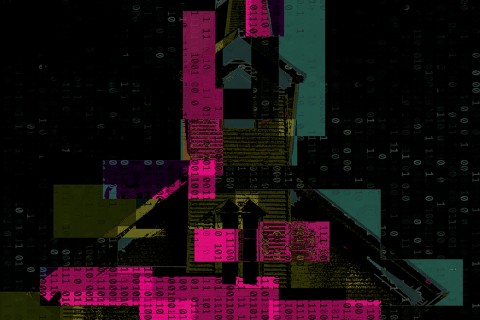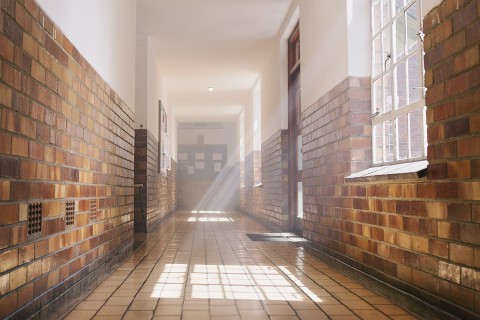Renewal from the grassroots
January is a month that signifies new beginnings, new resolutions. There is an individual as well as collective effervescence of renewal. The start of a new Roman calendrical year is a moment in time when Christians turn inward, become introspective, and think about how their personal faith might find refreshment and even restoration. And sometimes this refreshment and restoration leads to individual and communal transformation.
Catholics enjoyed a similar period of renewal, of collective reimagining, in the aftermath of World War II. The unlikely architect of renewal was Eduardo Bonnín, a former soldier from the beautiful, though marginal, island of Mallorca. Soldiers moving between Spain and the United States shared his cursillo, or “short course in Christianity,” movement with their peers. Latinos then carried it to parishes and from Texas to the Midwest and beyond. By the 1960s, Protestants and evangelicals alike had adopted Bonnín’s commitment to the “Fourth Day,” to living out the rest of their days with excitement and spiritual thrills. The appeal of the three-day Catholic Cursillo weekend was so great in postwar America that it spawned numerous iterations among Catholics and Protestants alike. The promise and hope of renewal proved to be immensely appealing for those men and women who went on a Cursillo weekend, whether it was Catholic, Episcopalian, Lutheran, Methodist, nondenominational Christian, or Presbyterian. The new selves that emerged from the weekend formed new communities of re-committed Catholics and Protestants. For postwar American Catholics, Cursillo movements were part of a constellation of renewal movements and encounters.
While spiritual renewal is usually initiated by earthly beings, laymen and women, it is also, as we find in the chronicles of American religious history, encouraged by heavenly beings who emerge into the temporal realm to incite men, women and children to be better and do better. Within American Catholic cosmology and history, Marian apparitions are instances of the divine breaking into the earthly realm and bringing messages of hope and promises of new possibilities. We can consider the ebb and flow of Marian apparitions in late-20th-century America as part of a broader lay Catholic renewal. When the Virgin has appeared, whether in Necedah, Wisconsin in the early part of the 20th century; Bayside, New York in the mid-to-late 20th-century; South Phoenix, Arizona, and Conyers, Georgia in the 1980s and 90s, or more recently in the Mojave Desert, the Virgin herself has instructed her followers to be better people.
In all of these locations and to the people who journey there, the Blessed Mother has called upon her “children” to renew their faith in God and in their potential to make a difference in the temporal world. The Virgin Mary seems to have a knack for appearing in times and places where her children need to be inspired to have hope. Whether she appears perched on clouds, engraved in trees, or on slices of toast, apparitions and images of the Virgin Mary inspire pilgrims to live their lives in new ways.
The Catholic Cursillo movement, and apparitions of the Virgin Mary, are examples of grassroots religion. They are eruptions of normative religious and spiritual spaces. They serve as reminders to laymen, women, and religious experts alike to strive toward renewal and, importantly, to maintain a vibrancy and freshness of renewal. For cursillistas, living their lives as the “fourth day” is a reminder to maintain the excitement and spiritual refreshment of the cursillo event throughout the year. For those who believe in apparitions of the Virgin, her messages and appearances are reminders to maintain a sense of wonder and excitement in Christ’s promises and hope all year long.
Our weekly feature Then and Now harnesses the expertise of American religious historians who care about the cities of God and the cities of humans. It's published in partnership with the Kripke Center of Creighton University and edited by Edward J. Blum and Kate Bowler.





